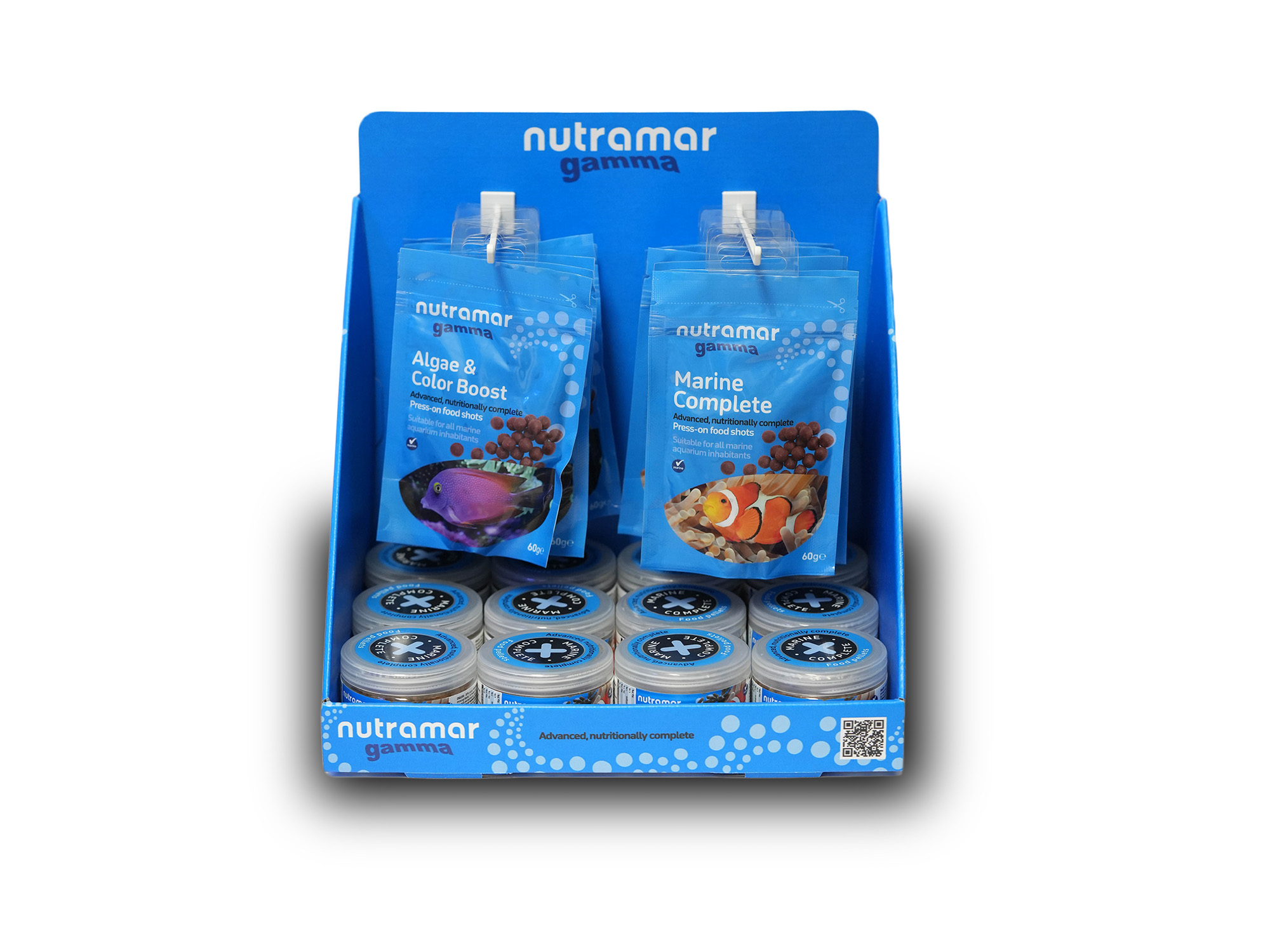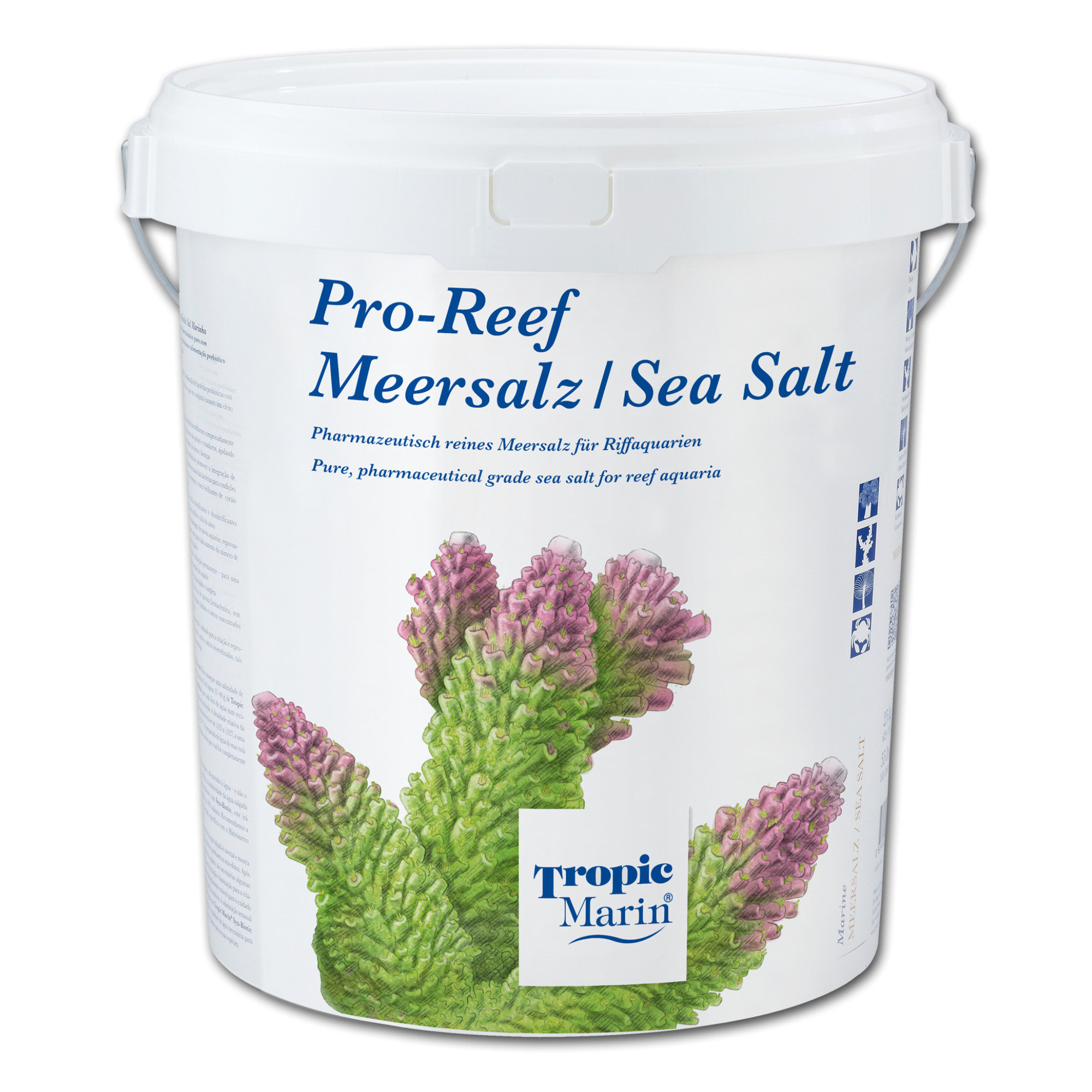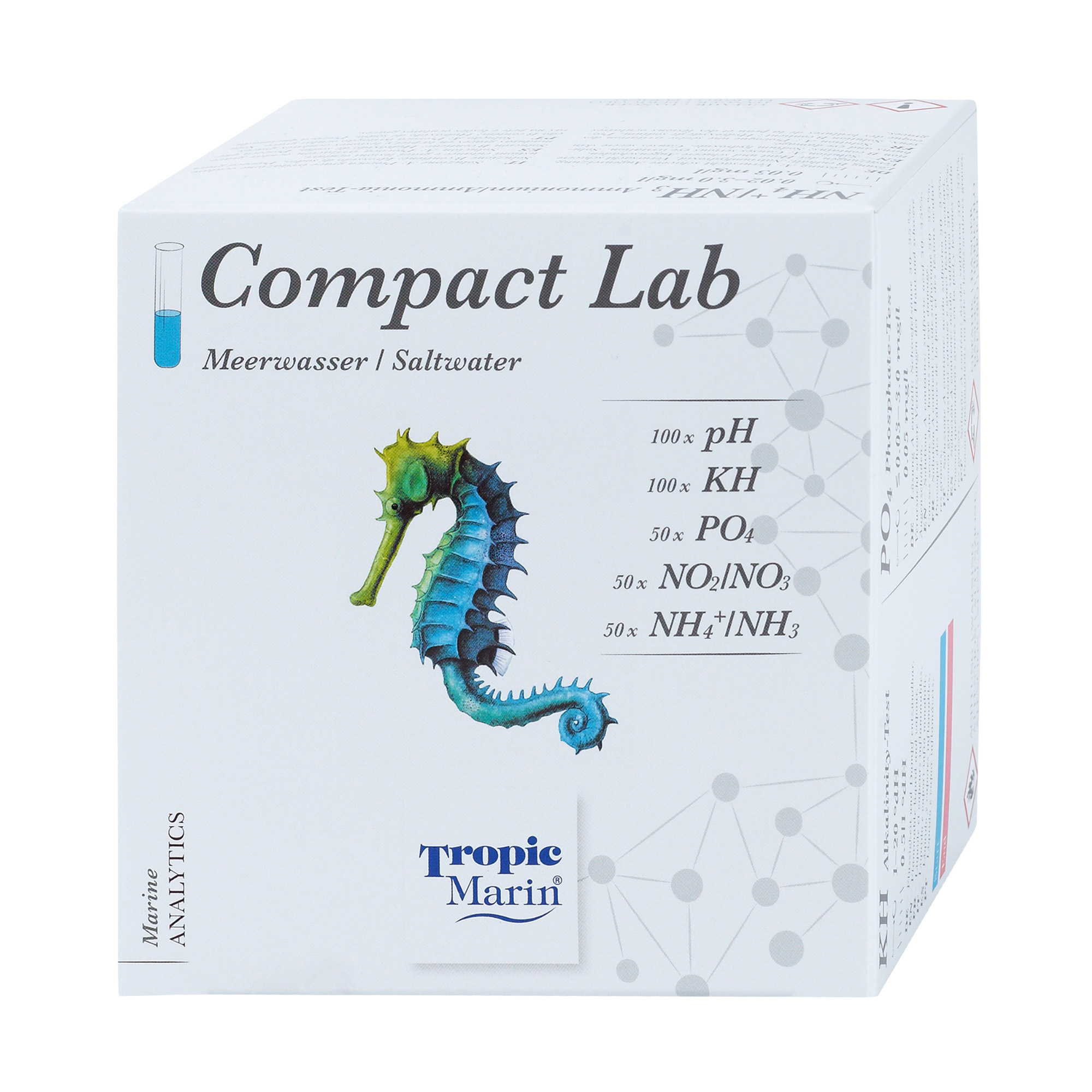How Hard Is It Really?

There are some people who love keeping freshwater aquariums, but never seem to make the leap over to the saltwater side of the hobby. Or even people who love seeing other people's tanks, but don't dive in themselves. All too often, this is a result of erroneously thinking it is “too hard” or “too much maintenance” or maybe even “it's too expensive”. While it is true that some of the livestock and equipment for keeping marine aquariums is more expensive than the freshwater side, some displays can be remarkably simple and cost effective. When it comes to the ideas about how much work it might be, or how hard, these concerns are often overblown.
There's really nothing in saltwater aquarium husbandry that someone used to freshwater aquariums couldn't do. All the same water quality tests apply, with a single addition. Experienced freshwater hobbyists are likely already be paying attention to temperature, pH and nutrient loads in their displays, and perhaps for advanced hobbyists, water hardness. Really the only difference in saltwater is adding salinity to this mix of tests. If you're using water filtered with Reverse Osmosis to mix your saltwater (regularly available from most Local Fish Stores, and easily make-able at home with a RO filter) you won't even have to consider water hardness in your calculations. Every single one of these tests is easy to do and understand for most people.
Now, just like in freshwater aquariums there is a range of difficulty; having a desktop Guppy tank is in a different league than keeping a high tech, planted Discus display. The same concept applies to the saltwater side. If you want to keep a small display full of rock, algae and some Damselfish, (which is a very fun and active display) this will be easily achievable with not much more effort than a tank full of African Cichlids! If you want to dive into the deep end of keeping wild Acropora in a tank full of Anampses genus wrasses, the difficulty, expense and time required will be much more intense.
For those of you considering a jump into salty water, we've gone through the effort of outlining what your new maintenance schedule would look like to keep your beginner display happy and healthy! If you're more interested in what it takes to set that first saltwater tank up, check out our series on “First Timers.”

For many, if not most of us, the daily maintenance part of aquariums is actually part of the enjoyment, mostly because it is an opportunity to engage with your tank and feed your fish. The vast majority of things you can keep in a saltwater tank only need feeding once or twice a day, and so this job is quick and easy. The advent of protein dense, broad nutrient spectrum foods like Nutramar Complete Pellets/Shots have made this job much easier than it once was (and better for your fish too!)
Other than just having a look around the tank, checking your thermometer to make sure the temp is stable, and eyeballing all your little fishy buddies, the only other job we suggest for daily doing is topping off. A certain amount of water is going to evaporate from any aquarium. Both freshwater and saltwater tanks naturally do this, and it isn't a problem for either. When water evaporates, it doesn't take most of the salt with it, and so if you don't add some water back, the water in the tank slowly gets saltier! Adding a bit of freshwater back every day keeps this saltiness from ever having a negative impact. Advanced hobbyists that are keeping very delicate species will often employ a water top off device.
One job that many around here find very satisfying is cleaning the glass, and this can be done as often as you like. We suggest doing it at least every other day as this will keep it from ever building up to a point where it is hard to remove. There are a number of magnetized cleaners that have a hand hold on the outside of the tank, and these make the job much less messy (no getting your arm wet). Consistently doing this job will also help prevent coralline algae from developing on the glass where you don't want it to. Coralline is a “calcareous” alga and forms a rock-like surface that can be a myriad of colors (most often purple and pink). This looks great on your rock and on your overflows, and even the back glass surface of your display, but is laborious to remove from surfaces where you don't want it, like the viewing panes of the tank. At the very minimum, the glass should be cleaned while doing another weekly job, the water change.

Water changes can be done as often as you like, but you should think of weekly water changes as a benchmark. Some sparsely stocked systems could get away with every two weeks, but even these displays would benefit from a higher frequency. We have an article on water changes here on the site, and more details about how to exactly get this done are gone into there. Basically, you want to remove a percentage of water and waste from the tank and replace it with new salt water. This not only removes unwanted nutrients from the tank, but it also replenishes the buffers and minerals that get used up by the biological processes going on in the aquarium. Always use a quality salt like Tropic Marin and be consistent when mixing to maintain the temperature and salinity of the system. Obviously, a second weekly job is implied here (mixing salt water).
Water change time is also a great time to clean filters out. Rinse out mechanical filtration media, like floss or filter socks, and replace them if needed. If you are utilizing chemical filtration media like Carbon or GFO, this is a good time to assess if this need replacing as well. Densely stocked tanks will need these replaced more often, tanks with less fish might only need media replacement every other week or even monthly.

Water testing is also a job that should be done around water change time. Tanks that haven't been running as long will benefit from daily testing, and any time you add new aquarium inhabitants, you should ramp up testing as well. For established tanks that aren't changing stocking, weekly tests are usually fine. All displays should be tested for Nitrate, and if there is a change in this number from last week, test for Nitrite and Ammonia as well. Test the salinity of the tank, to ensure you are topping off with enough water. Test the pH. Lastly, this is a great time to use a different thermometer to check the temperature of the tank, to make sure your primary thermometer isn't a liar. Heater and chiller failures account for the vast majority of saltwater aquarium catastrophes, and often this goes unnoticed because the thermometer didn't show the problem and was never double checked. It's a quick and easy test and is important. If you want to get into specific values for the results of these tests, check out all our articles on this topic here on the website. There are a few more tests you'll want to do if you get into keeping more advanced corals, but that article is coming soon.
On a daily level, there's less than ten minutes of “work” to do on the vast majority of marine aquariums, and this time is engaged and fun as you get to watch your fish eat and actually enjoy your tank. On a weekly basis there's one day where you'll spend 20-30 minutes working on the display (unless you've gone with a very large aquarium) and this is also pretty rewarding because the tank will really shine after a good scrub and water change. No aquarium is a “set it and forget it” kind of thing, but if you've been thinking that it is too hard to get into, we're hoping this article may help dissuade you of that notion. If you love aquariums, give this a try. Head to your Local Fish Store and ask them about getting you started with the basics today! Tell them Quality Marine sent you.